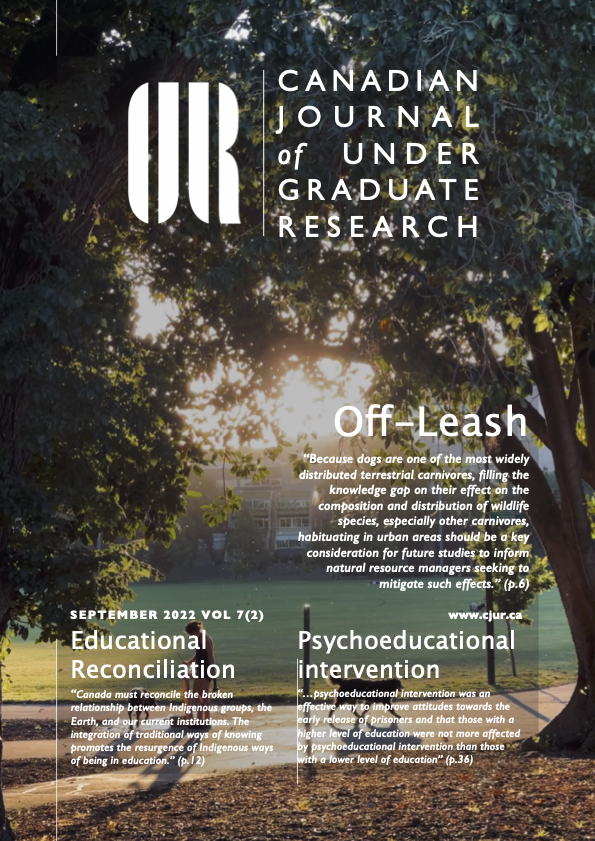A Potential Neural Pathway for Explaining Suicidal Behaviour: Does it Exist?
Abstract
Suicide is a major health problem, with a lack of decline in suicide rates over the past few decades suggesting existing treatment methods are not effective enough in dealing with suicidal behaviour. A review of the existing neuroimaging literature on suicidal behaviour suggests that a core, “skeleton” neural pathway exists in that a majority of suicidal individuals tend to have structural and functional alterations in the ACC, PFC (more specifically the OFC) and insular cortex. This proposed pathway is able to explain the two main cognitive-behavioural characteristics observed in suicidal individuals: increased impulsivity and impaired decision-making, and emotional dysregulation. Abnormalities in other brain regions may exist in suicidal individuals depending on certain characteristics; most notably, the presence of a comorbid mental disorder may be correlated with impairments of specific brain structures depending on the disorder that is present. Future neuroscientific and psychological research should aim to increase the replicability of neuroimaging studies, determine the extent of the impact a comorbid mental disorder has on the observed location of neural abnormalities in the brain, and to unify the definitions of terminology used in the study of suicide to increase validity and compatibility across suicidology research.
Published
Issue
Section
License
Authors who publish with this journal agree to the following terms:
- Authors retain copyright and grant the journal right of first publication with the work simultaneously licensed under a Creative Commons Attribution License that allows others to share the work with an acknowledgement of the work's authorship and initial publication in this journal.
- Authors are able to enter into separate, additional contractual arrangements for the non-exclusive distribution of the journal's published version of the work (e.g., post it to an institutional repository or publish it in a book), with an acknowledgement of its initial publication in this journal.
- Authors are permitted and encouraged to post their work online (e.g., in institutional repositories or on their website) prior to and during the submission process, as it can lead to productive exchanges, as well as earlier and greater citation of published work (See The Effect of Open Access).

